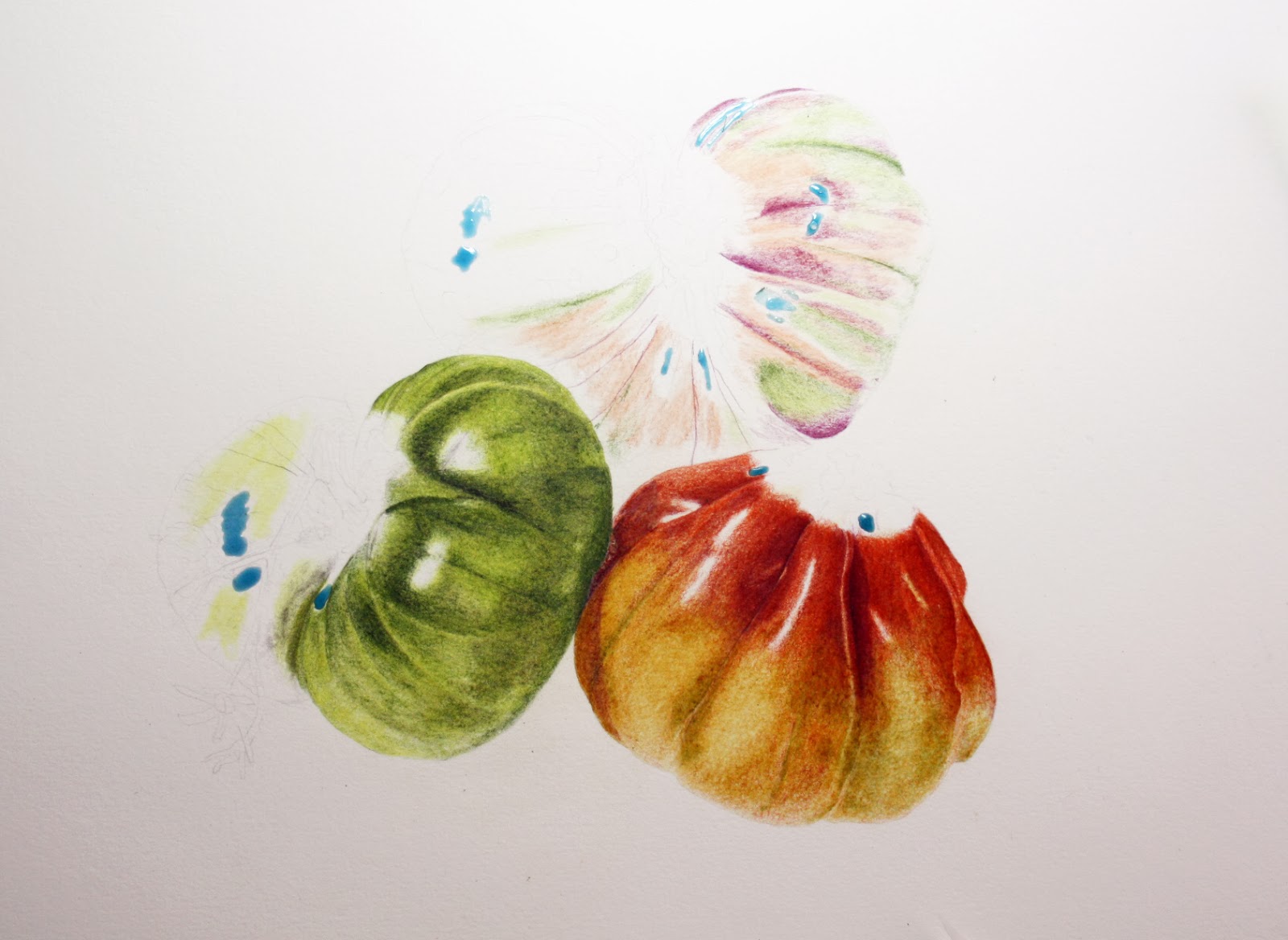Carissa macrocarpa (Natal Plum)
A shrub native to South Africa, where it is commonly called the Large Num-Num. In Zulu, as well as in the Bantu tribes of Uganda, it is called amatungulu. In Afrikaans the fruit is called Noem-Noem. C. macrocarpa deals well with salt-laden winds, making it a good choice for coastal areas. It is commonly found in the coastal bush of the Eastern Cape and Natal. It produces shiny, deep green leaves and snowy white flowers whose perfumed scent intensifies at night. Like other Carissa species, C. macrocarpa is a spiny, evergreen shrub containing latex. They bloom for months at a time. The ornamental plump, round, crimson fruit appears in summer and fall (autumn) at the same time as the blooms. In moderate, coastal areas the fruits appear through the year. The fruit can be eaten out of hand or made into pies, jams, jellies, and sauces. Some claim that other than the fruit, the plant is poisonous. However this claim is a myth, possibly based on similarities to other plants with milky sap. The California Poison Control System rates the plant as mildly toxic.
When starting an assignment, I always try to pick my material based on something everyone else isn't going to pick, something colorful, and something I am growing or easily accessible. What I really wanted to pick was a big pile of walnuts. Unfortunately, when I was going to go pick them from a local walnut grove, there had been large winds the week before, which stripped the trees of their fruit.
So, while on my weekly walks, I always pass a home that has a long hedge of Natal Plums growing. They always seem to be fruiting, and have always caught my eye, wondering what they were.
I then brought some home, contacted the homeowner to see if she knew what they were called, and started sketching. Unfortunately the homeowner and the local nursery did not know what they were. I then posted a picture of the fruit on the facebook page
Botany Today, asked if anyone knew what it was called and within minutes, I had my answer.
I then started in on my sketchbook work, it was just before the winter holidays, so I figured I would use my tine to draw a holiday greeting card for friends and family.
Many hours later, here is the outcome .............................
On to my assignment..................................
Condensed notes from my tutor:
An unusual subject, and new to me, so I thank you for showing me something I've not seen before.
This piece is so neat and accurate.
Tone on your leaves is lovely and the fruit shows up so well in front of them. You lost a few points because of the dissected fruit, as it looks flat. Had you shown just a small portion of the skin as well as the centre of the fruit you could have overcome this.
I don't dislike your composition but you could have made it more interesting by adding a couple of other images, maybe a completely different fruit. (Hmmmmm really, a different fruit, I would never have done this)
A small note at the end of her assessment. Your work reflects you, small and neat, that's fine, but large subjects or more of the smaller ones is required. I don't want to see the paper crammed full of stuff if had these had been eating apples it would have been perfect. In other words, these are very small so either choose larger subjects or do more if they're small. Also, when cutting a subject in half be careful if you choose to draw it straight-on. Unless it has something visible to show its form then tip it slightly to show the shape (I like this tip and will definitely remember it)
Happy with my marks and will take what my tutor noted in her assessment and learn from it for the next assignment.
mark 9.26
Thanks for visiting my blog....
On to the Vegetable Assignment...............







